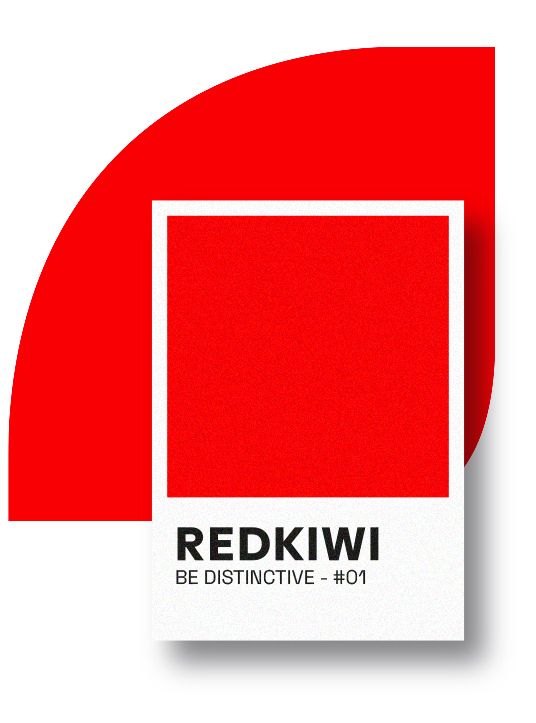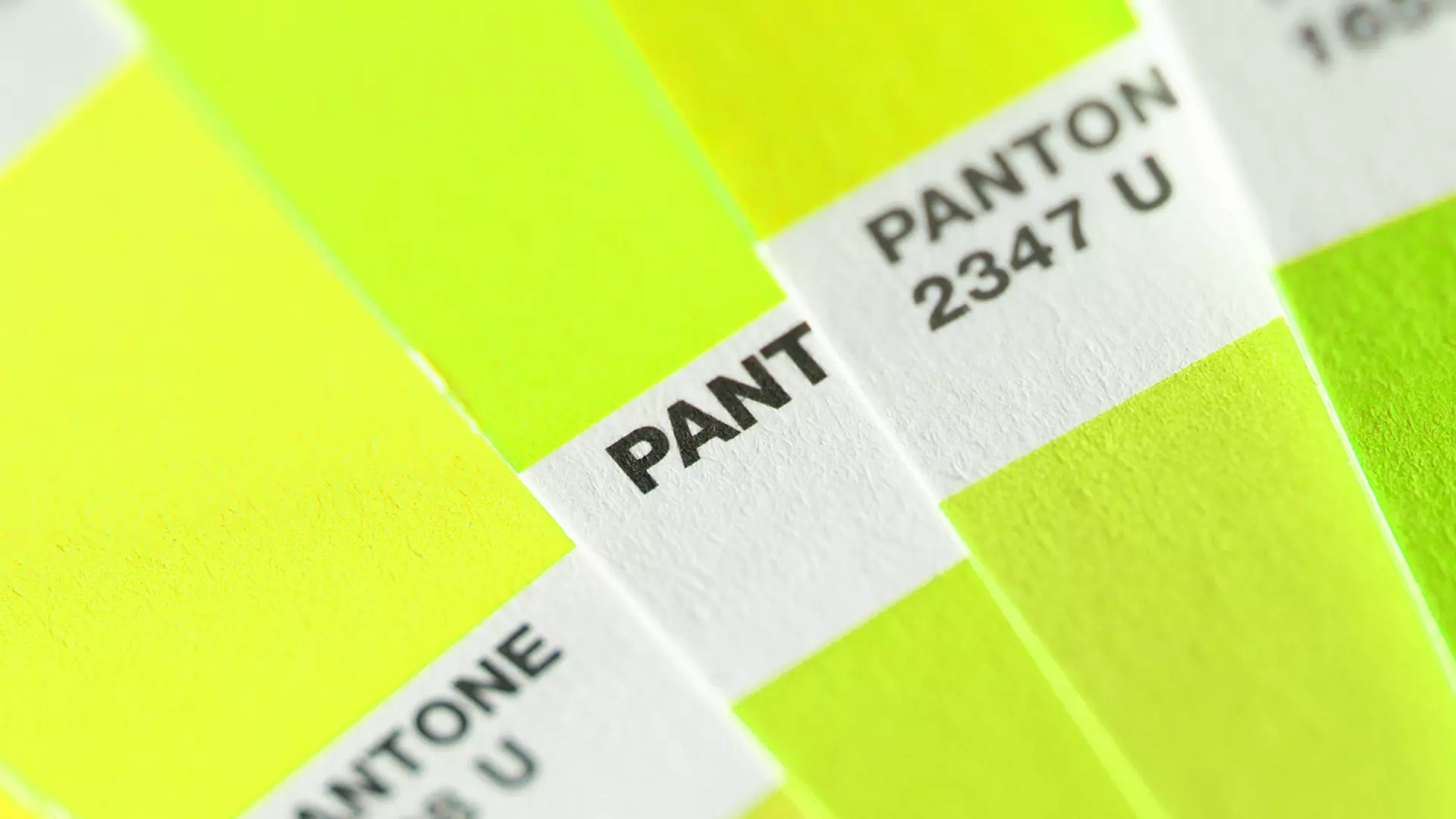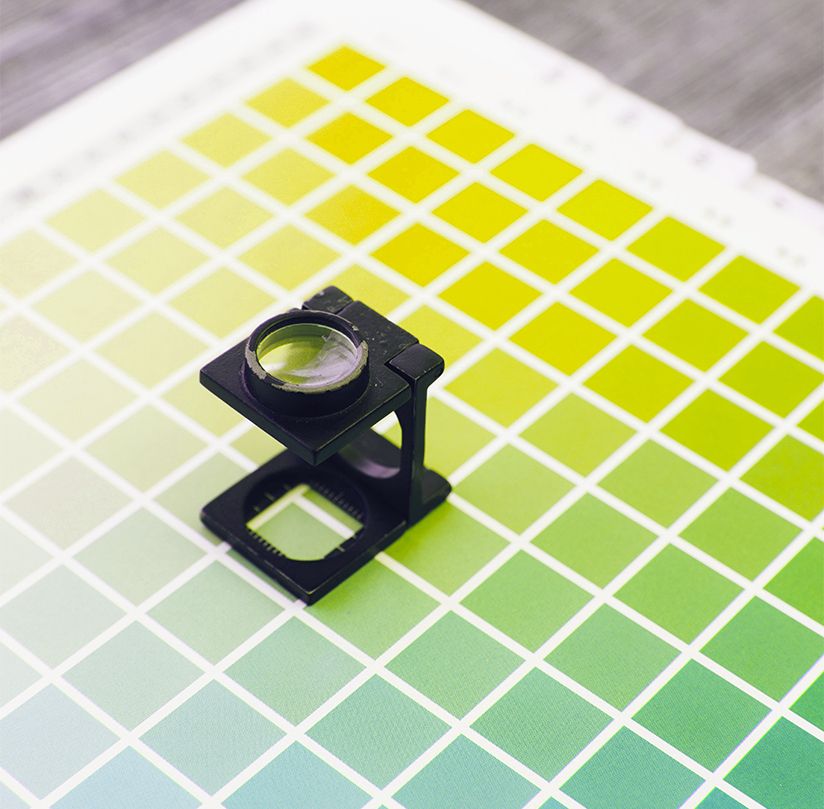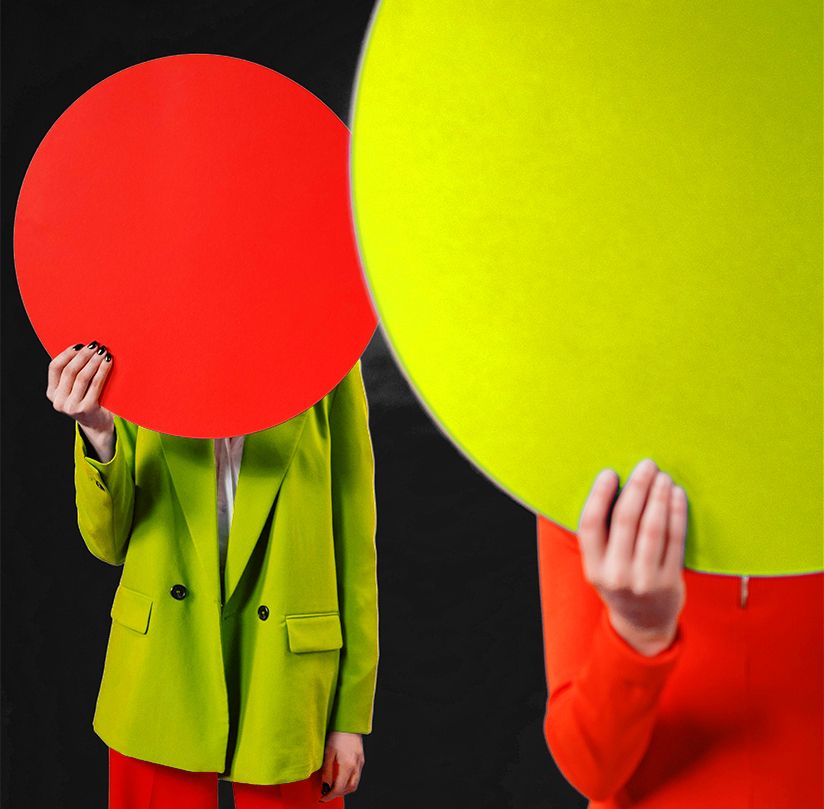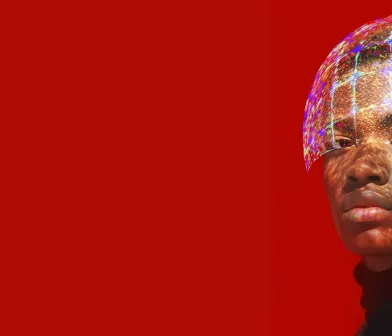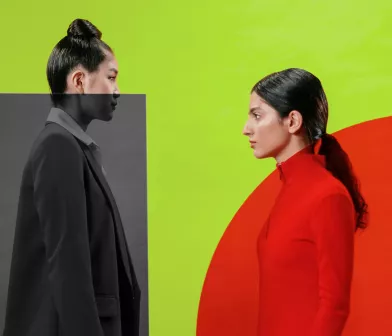Which colours do you use in your brand's visual identity? Which colours do you use for eye-catching online or offline campaigns? These are important considerations if you want your service or product to make a real impact! When the recipient of your message sees a particular colour, it sends an immediate signal to the brain. After rapidly processing this information, the recipient forms an opinion about what they see. It can pique their interest, but if a colour has an inappropriate meaning, it can also lead to an unpleasant reaction such as boredom.
How to use colour
By strategically using certain colours in your communication materials, you guide the recipient's focus exactly where you want it. For example, using complementary colours creates a shock effect on the recipient. On the other hand, using similar colours creates a sense of calm. With that information in mind, colour choice can influence the effectiveness of a campaign, especially when it comes to conversions. Below, we examine five of the most commonly used colours in the advertising world, discussing the associated emotions and characteristics of each colour.
